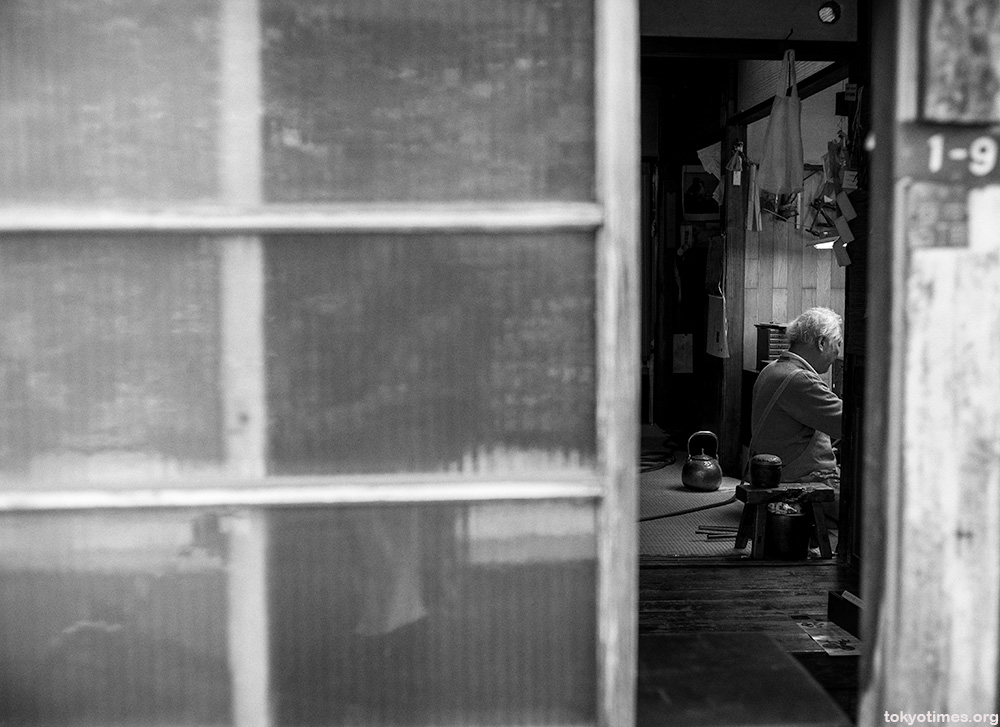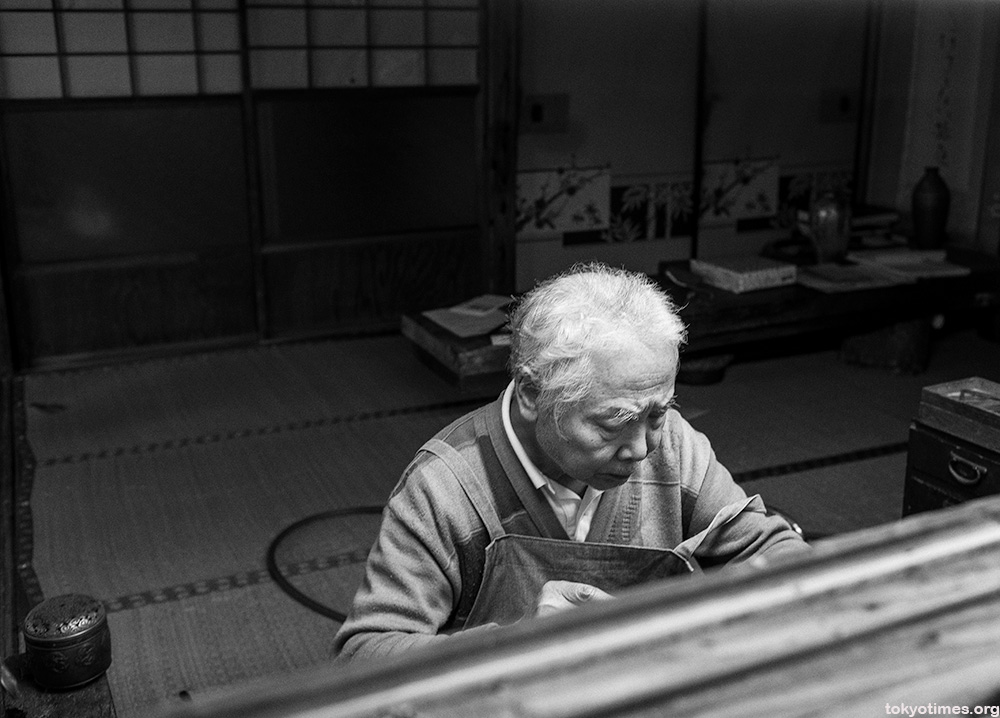With its famous car and consumer product industries, Japan is generally known for its large-scale manufacturing output. Away from the huge factories and mechanised plants, however, are numerous small businesses. Basic, often one-man operations tucked away down side streets or in the middle of suburbia — the owner’s home quite commonly doubling as a workshop.

Spaces where day after day, year after countless year, components and the like have been dutifully produced. A rarely mentioned legion of workers who presumably played a significant role in making Japan the country it is today. But, with age now catching up with many of them, their days of continued production are fast disappearing. A situation that some would argue is also not that dissimilar to the economy they once helped create.

Martin says
Good photos and story. It will be a real shame if Japan loses any of the arts and crafts that have been perfected over hundreds of years.
Lee says
Thank you.
It will, but sadly I see so many places like this. Most of them without any apparent successor…
Don says
Beautiful shots!
Lee says
Thanks a lot!
Ken says
What was he making?
Lee says
A lot of little workshops like this seem to make lots of identical components etc., but this fella was making what appeared to be a one-off metal object. What it was, however, I have no idea.
Squidpuppy says
Excellent photo documentary in two shots.
Cottage Industry, or the “Putting-out System” is an industrial infrastructure every industrializing society has employed, but Japan developed an extremely sophisticated version during the Edo Period and modernized it by applying comprehensive and efficient distribution and delivery – eventually becoming the “Just In Time” model. In the last century huge segments of Japan’s industry, particularly auto manufacturing, was supplied by family run small parts machine shops that specialized in, say, producing one gear part, nuts and bolts, or springs.
Last year there was a very good, realistic anime (no talking robot cats) focused on such a family shop with the plot taking place just before, and during the 1964 Olympics. It was called “Showa Monogatari”. Not only is it very nostalgic, but it does a good job of showing what life was like in such a family shop.
The carpet and fire bombing strategies of Japan by the USAAF in WW2 were in part justified by its proponents on the assumption that cottage industry was the fundamental platform of Japan’s arms industry. In particular, ammunition production was thought to be primarily produced in homes and very small scale family shops scattered throughout the cities.
A number of the many peasant revolts in the late Bakufu were led by rural cottage industry leaders who felt exploited by the merchant and samurai classes with many of the ultimate targets being warehouses in Edo, which they ransacked and burned. Relatively little was done by the Bakufu to prevent or contain these marches of destruction, not only because the government was largely impotent, but also partly in order to keep the merchants and collaborating samurai families in their place. Pretty messed up.
Er, sorry about the long post. Got carried away… History major.
Lee says
Thanks!
And likewise for the background info. Fascinating stuff. Have seen countless similar places, but didn’t know the history. Cheers!
Willy says
Love that. the indomitable Japanese spirit. the way it evolved.. fascinating indeed.
Faye says
Great Photos!
Best from Croatia!
Faye